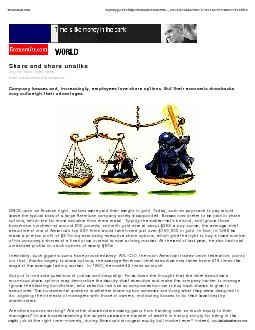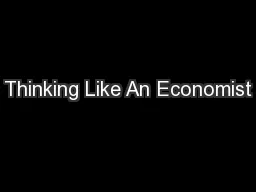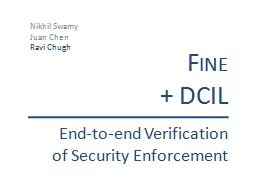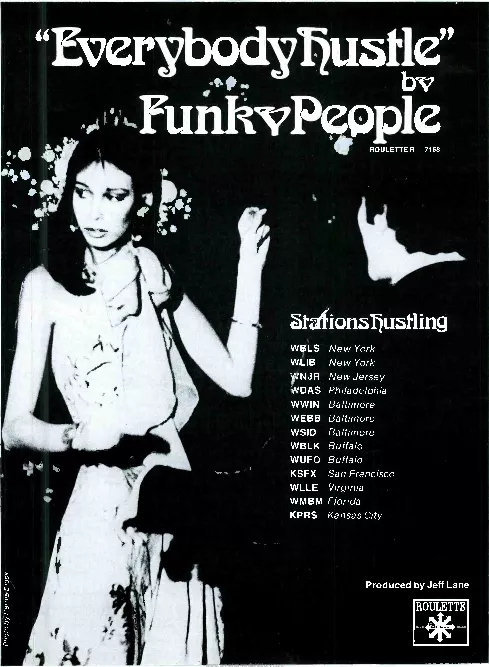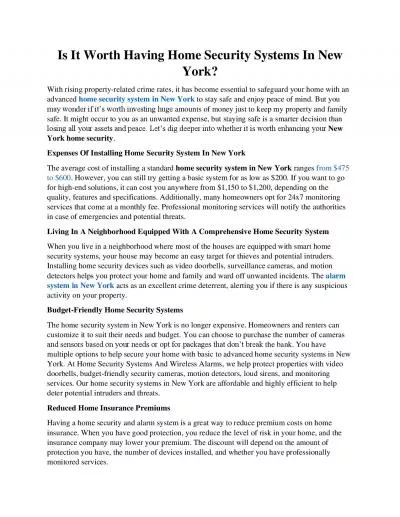PDF-Share and share unalikeAug 5th 1999 | NEW YORK From The Economist prin
Author : briana-ranney | Published Date : 2015-11-22
1 of 68222001 229 PMEconomistcom options be encouraging bosses to behave in ways that are contributing to a bubble in share prices which should it pop will leave
Presentation Embed Code
Download Presentation
Download Presentation The PPT/PDF document "Share and share unalikeAug 5th 1999 | NE..." is the property of its rightful owner. Permission is granted to download and print the materials on this website for personal, non-commercial use only, and to display it on your personal computer provided you do not modify the materials and that you retain all copyright notices contained in the materials. By downloading content from our website, you accept the terms of this agreement.
Share and share unalikeAug 5th 1999 | NEW YORK From The Economist prin: Transcript
Download Rules Of Document
"Share and share unalikeAug 5th 1999 | NEW YORK From The Economist prin"The content belongs to its owner. You may download and print it for personal use, without modification, and keep all copyright notices. By downloading, you agree to these terms.
Related Documents

